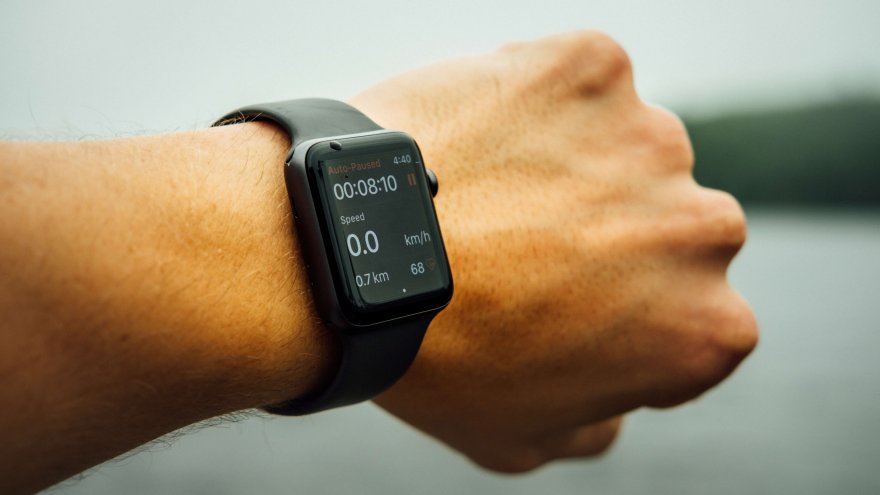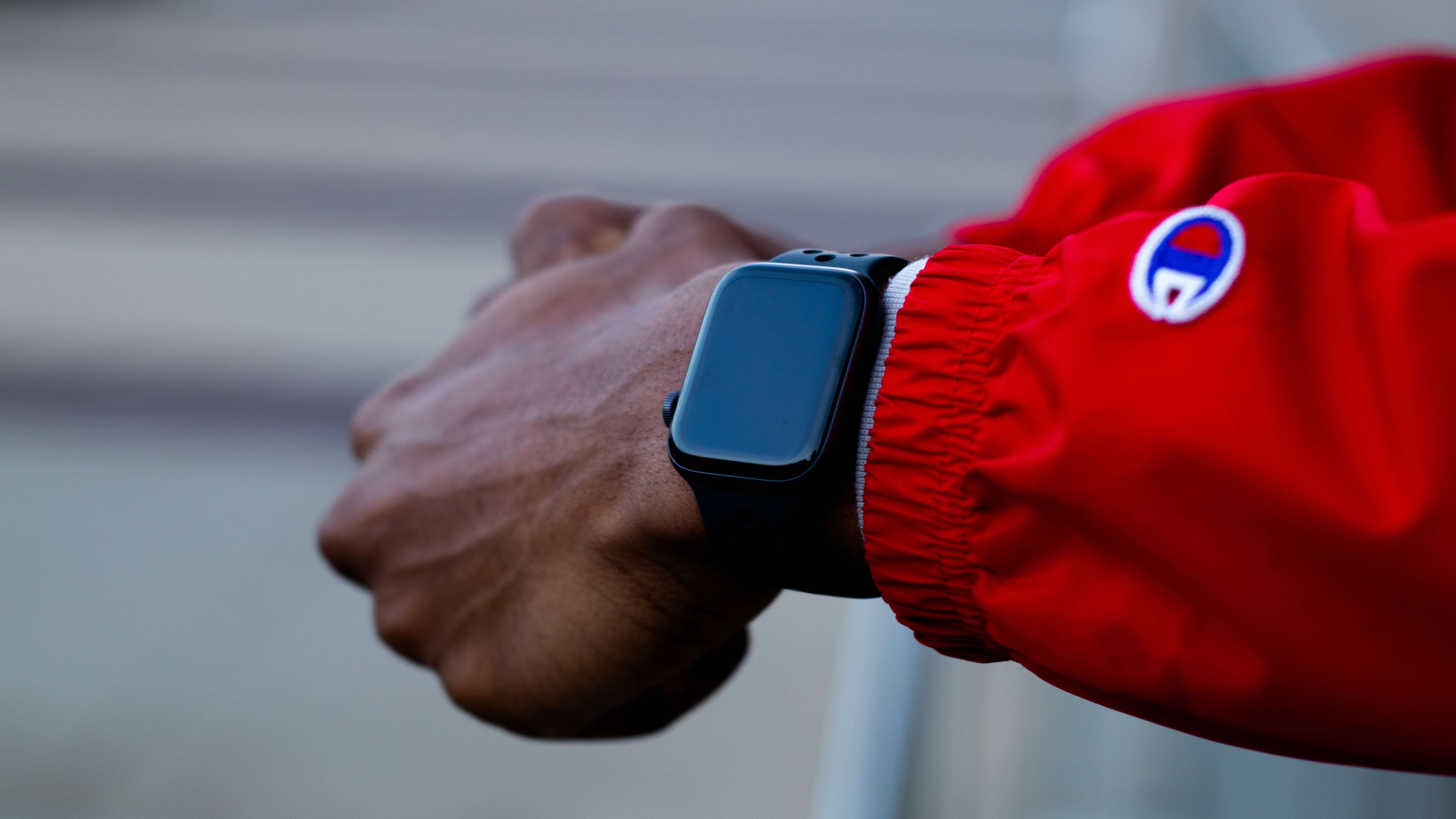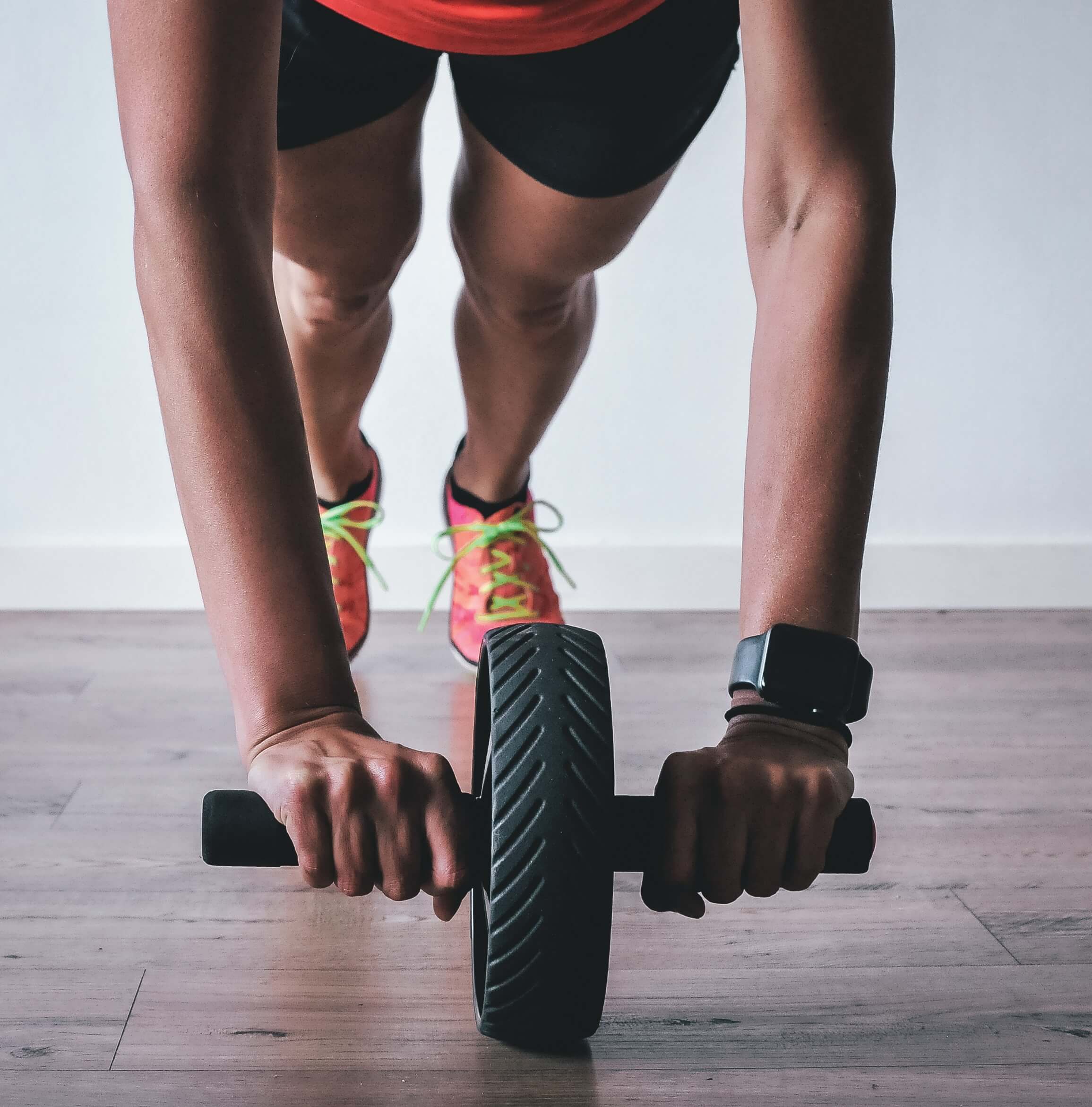What is The Best Way To Track Mileage And Workouts?

Runners are obsessed with numbers. Pace, time, and distance are just some of many numbers we need to know for every run. But we should also be keeping track of our runs including weekly mileage.
Keeping track of how many miles we run each week helps the runner see their progress over time. This could be typically running three to four miles each day for a year. Then fast forward to the next year and they are running double that and more.
Seeing that progress written down somewhere is priceless.
Besides being a great way to look back on personal fitness journeys it also is essential when training for a long-distance race.
Runners need to hit a set weekly mileage goal to be properly prepared for the race.
It also provides a source of accountability to have to write (or type in) mileage for the week. That means seeing that the runner fell short of their goal and avoiding that for next week.
The more detail in this training log (even when not officially training for a race), the more beneficial the data is for runners.
For example, tracking the average pace from specific weekday runs can help to predict race finish time.
It can also show trends like the pace is slower in hot weather or the runner is faster in the morning than at night. It can also help prevent an injury by keeping mileage controlled and runner’s aware of the pace they can hold comfortably for longer miles.

So What Is The Best Way To Track Weekly Mileage?
How nice would it be to have a running coach who dedicated their professional lives to monitoring every inch of our runs and workouts?
They would know our speed, splits, average pace and what our bodies can handle based on factors like VO2 max.
Well, we all can. It’s called a fitness tracker.
And even if the runner has a running coach, using technology is still the best way to track weekly mileage and all workouts.

The best way to track mileage is by using a fitness app.
Those old school runners might be skeptical but we should embrace the technology because it gives us some in-depth information without having to do anything.
Fitness Apps vs Fitness Trackers
Some apps require a fitness tracker or GPS-enabled watches like the Garmin Connect app and Fitbit. But this isn’t a bad thing. Investing in a running watch allows the athlete to get all their data right there on their wrists.
Instead of fumbling with their phone—or even bring it along—they just push the button to start the workout. The tech does the rest.
And after the workout, the runner can see all the statistics for that run.
There are plenty of apps that don’t require any hardware. The best for tracking runs include Strava, MapyRun, Nike Run Club and Runkeeper.
In general, these are easy to use and require just the tap of the smartphone to start tracking.
Besides seeing data from the specific run, all these apps allow the runner to see their weekly, monthly and yearly progress.
Some include bonus features like PR’s for specific distances, fastest mile ever logged, and also tracks data such as weight and calories burned.
What About Tracking Other Workouts?
The good news about these fitness apps is that most of them are nonexclusive to running. This means the ability to track other workouts on days where the runner is cross-training.
Tracking these workouts is also a great idea. The market is packed with workout watches you can use.
For those looking to lose weight, this further paints a clear picture of the amount of exercise each week, as well as calories burned.
For those looking to increase speed and stamina, it allows them to see how strength training or HIIT training is helping with that endeavor.
It helps stay on track of fitness goals and view progress.

To track other workouts, explore the preferred app to find the right field for the appropriate exercise. This is typically cycling, swimming, yoga, weightlifting, kickboxing and so on. Then track the workout from start to finish.
Many fitness watches also have modes for other workouts as well.
Again, using these technologies are the best way to track other workouts. That’s because all data is right there for the week, month, and year to view progress.
Runners won’t lose their logs and it’s all in one centralized location along with their runs.
For tech-savvy runners, tracking their workouts this way is done in just a few taps and clicks.
Other Ways To Track Runs
Of course, this isn’t the only way to track mileage.
While using apps is the best for multiple reasons, there is nothing wrong with taking the old school approach.
This means the good, ole pen and paper.
Get a notebook and enter in all data known like date, pace, distance, and duration. This might not be easy to track without a fitness watch when it comes to things like pace. Same is true for course distance unless the runner really knows the route.
Still, it’s possible to do.

Runners can also enter in other notes like what the weather was like, what they ate before, their mood before and after.
There are even running-specific notebooks for tracking weekly mileage so that nothing is left out. Plus columns are organized.
This is a good option when WiFi is unreliable. Runners don’t need to bring their phone or having a computer on hand to enter in data. Many like having that physical copy to be able to view for years to come.
Another way is to make small notes and report back to a running coach who then stores the data. The problem with this is the runner still has the remember duration and distance and have to have a running coach willing to track mileage and progress.
Others prefer a vision board style where they can see their weekly mileage and workouts written out in a large calendar view.
This is a great idea to write out on a dry erase board. The problem with this is data is then removed with each new month so still has to be archived somewhere.
Final Thoughts
Keep in mind that keeping track of weekly mileage and workouts is to be able to see performance and fitness progress over time.
Runners should not obsess over every single run. Write it down then move on to the next workout—especially if having a bad run.
Sources
- , How to Track and Log Your Outside Runs, Health Website
- , Why Track Your Workouts?, Blog
Latest Articles
 Is Running on a Treadmill Easier Than Running Outside?Runners have their own preferences, whether it is treadmill running, running outside on the road, or exploring trails. So...
Is Running on a Treadmill Easier Than Running Outside?Runners have their own preferences, whether it is treadmill running, running outside on the road, or exploring trails. So... Is It OK to Use Trail Running Shoes on the Road?While trail running shoes can be used on roads, especially in situations where a runner encounters mixed terrains or pref...
Is It OK to Use Trail Running Shoes on the Road?While trail running shoes can be used on roads, especially in situations where a runner encounters mixed terrains or pref... How to Fix Sore Quads After Running?Rest, ice, gentle stretching, and over-the-counter pain relievers can help soothe sore quads after running. Also, ensure ...
How to Fix Sore Quads After Running?Rest, ice, gentle stretching, and over-the-counter pain relievers can help soothe sore quads after running. Also, ensure ... 10 Fruits With The Most Electrolytes to Replace Sports DrinksThese fruits are high in electrolytes such as potassium, magnesium, and calcium, essential for hydration, muscle function...
10 Fruits With The Most Electrolytes to Replace Sports DrinksThese fruits are high in electrolytes such as potassium, magnesium, and calcium, essential for hydration, muscle function...

